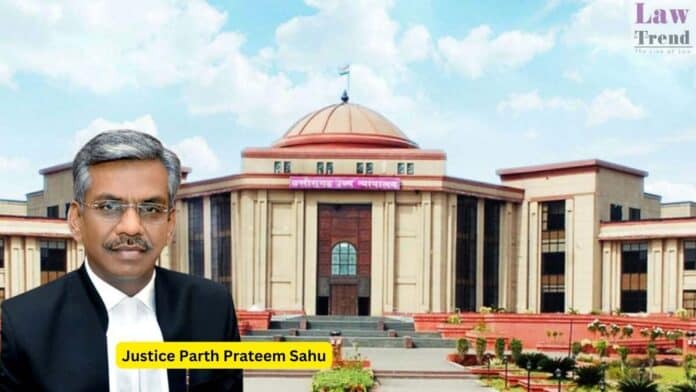The Chhattisgarh High Court has dismissed a second appeal (SA No. 221 of 2022) in a contentious inheritance dispute, ruling that the plaintiffs failed to establish the validity of a Will allegedly executed by the deceased property owner, Dashmat Bai. The court held that the Will was surrounded by suspicious circumstances, stating that “mere execution
To Read More Please Subscribe to VIP Membership for Unlimited Access to All the Articles, Download Available Copies of Judgments/Order, Acess to Central/State Bare Acts, Advertisement Free Content, Access to More than 4000 Legal Drafts( Readymade Editable Formats of Suits, Petitions, Writs, Legal Notices, Divorce Petitions, 138 Notices, Bail Applications etc.) in Hindi and English.




